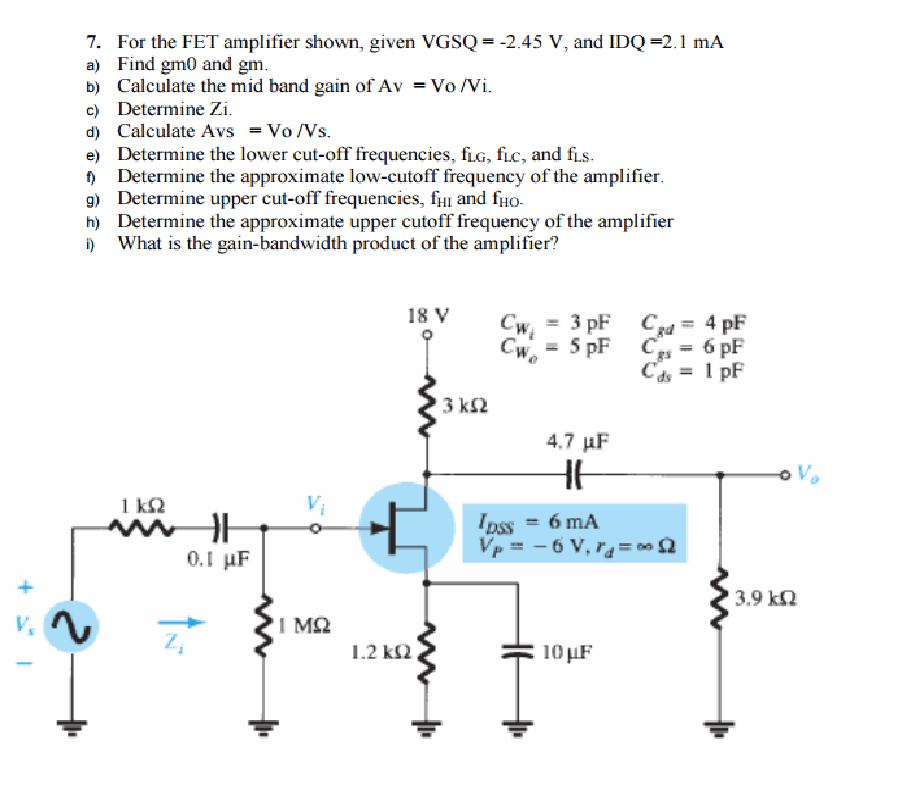

This cookie is set by GDPR Cookie Consent plugin. These cookies ensure basic functionalities and security features of the website, anonymously. To see a board-certified fertility specialist who will help you understand all your test results, make an appointment at one of InVia Fertility's four Chicago area fertility clinics.Necessary cookies are absolutely essential for the website to function properly. Also, the day you have your embryo transferred matters, too.

These numbers are specific to the assay the researchers used (solid phase, two-site fluroimmunometric assay calibrated against the WHO Third International Standard of hCG for immunoassay). There are many variables that can affect hCG values, including the assay that is being used. It is important NOT to take these numbers literally. All biochemical pregnancies were found at hCG levels < 100 mIU/mL. The positive predictive value for a viable pregnancy at this level was 87% and the negative predictive value was 74%. With detailed statistical analysis (ROC curve) they concluded that an hCG level of 76 mIU/mL was a suitable cut-off point for predicting viable pregnancy with 80% sensitivity and 82% specificity. The median hCG level in twin pregnancies was almost double that in singleton pregnancies (201 mIU/mL vs. The median hCG concentration was 126 mIU/mL in viable pregnancies and 31 mIU/mL in non-viable pregnancies ( four times higher P < 0.0001). Embryo transfer was carried out 2 days after retrieval and the first pregnancy test was scheduled 12 days later (14 days after retrieval). They analyzed a total of 774 embryo transfers from 1994 – 1999. et al, Serum hCG 12 days after embryo transfer in predicting pregnancy outcome. So, what is a good first hCG level after embryo transfer? This very question was addressed by a group from Finland (Poikkeus P. It is therefore important that you keep your follow-up monitoring visits and continue your medications until you are instructed not to do so by your physician.

In patients that are having biochemical pregnancies, miscarriages or tubal pregnancies, the levels will not rise appropriately. HCG levels are higher in multifetal pregnancies than in singleton pregnancies. At that point, a pregnancy should be visualized in the uterine cavity using a transvaginal ultrasound. The hCG level has to rise appropriately (it doubles every 3 days or so in early pregnancy) till it reaches around 1500 mIU/mL. It is used to diagnose pregnancy and a result greater than 5 mIU/mL is generally considered positive. Human chorionic gonadotropin (hCG) is a hormone that is released by the human embryo after conception. Congratulations!Īlmost before you can celebrate, however, you start wondering, “ Is my hCG level good?” Is the pregnancy going to progress normally? Here's what we can tell you about how hCG levels relate to a successful pregnancy. You've spent a long time waiting for good news.Īnd finally you get it! The results of your pregnancy test, which measures hCG level, are positive. You've seen a fertility specialist, started IVF, and gotten through the first embryo transfer.


 0 kommentar(er)
0 kommentar(er)
